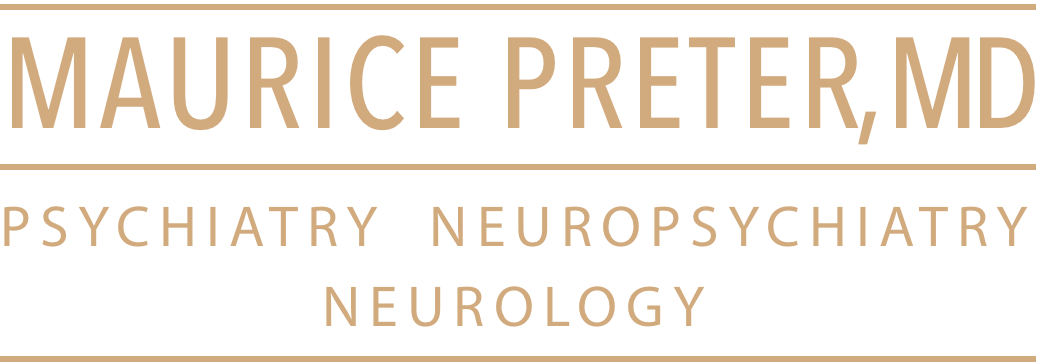Depression in retired executives is a complex and multifaceted issue that affects a significant portion of this population. As high-achieving individuals transition from their demanding careers to retirement, they often face unique challenges that can contribute to the development of depressive symptoms. This essay will explore the prevalence, causes, and implications of depression among retired executives, as well as potential strategies for prevention and management.
## Prevalence and Risk Factors
Research indicates that depression is more common among retirees than in the general population. A meta-analysis found that the mean prevalence of depression in retirees was 28%, which is substantially higher than the overall older adult population[4]. For executives specifically, the risk may be even greater. Some studies suggest that CEOs and other high-level executives may experience depression at more than double the rate of the general public[25].
Several factors contribute to the elevated risk of depression among retired executives:
1. Loss of Identity: Many executives strongly identify with their professional roles. Retirement can lead to a sense of lost purpose and identity[12].
2. Decreased Social Interaction: The workplace often provides a significant source of social connection. Retirement can result in reduced social networks and increased isolation[14].
3. Lifestyle Changes: The transition from a highly structured work life to an open-ended retirement can be disorienting[1].
4. Financial Concerns: Even for well-compensated executives, concerns about maintaining their lifestyle in retirement can cause stress[14].
5. Health Issues: As individuals age, they may face more health challenges, which can contribute to depressive symptoms[1].
## The Retirement Transition
The process of transitioning into retirement can be particularly challenging for executives. Many experience a phenomenon known as “retirement shock,” where the reality of retirement fails to meet their expectations[15]. This disconnect can lead to feelings of disillusionment and contribute to depressive symptoms.
The retirement transition typically involves several phases:
1. Pre-Retirement Anticipation: As retirement approaches, executives may experience a mix of excitement and anxiety[29].
2. Honeymoon Phase: Immediately after retirement, there’s often a period of relief and enjoyment[18].
3. Disenchantment: As the novelty wears off, some retirees may feel a sense of loss or purposelessness[13].
4. Reorientation: This phase involves adapting to the new reality of retirement and finding new sources of meaning[18].
5. Stability: Eventually, most retirees settle into a new routine and lifestyle[18].
The risk of depression can be particularly high during the disenchantment and reorientation phases.
## Unique Challenges for Executives
Retired executives face some specific challenges that can exacerbate the risk of depression:
1. High-Pressure Mindset: The drive and ambition that fueled their careers can lead to difficulty in accepting a slower pace of life[25].
2. Perfectionism: Many executives have high standards for themselves, which can lead to self-criticism and dissatisfaction in retirement[2].
3. Loss of Power and Influence: The transition from a position of authority to a more ordinary lifestyle can be jarring[12].
4. Workaholic Tendencies: Executives often have difficulty disengaging from work, leading to a sense of emptiness in retirement[23].
## Prevention and Management Strategies
Addressing depression in retired executives requires a multifaceted approach:
1. Pre-Retirement Planning: Executives should be encouraged to plan for the psychological aspects of retirement, not just the financial ones[11].
2. Maintaining Purpose: Finding new goals and activities that provide a sense of purpose is crucial[18].
3. Social Connections: Cultivating relationships outside of work before retirement can help maintain a strong social network[14].
4. Physical Health: Regular exercise and a healthy diet can significantly impact mental well-being[28].
5. Mental Health Support: Destigmatizing mental health issues and encouraging seeking professional help when needed is essential[5].
6. Gradual Transition: Some executives benefit from a phased retirement, allowing for a more gradual adjustment[29].
7. Volunteering and Mentoring: Using their skills to help others can provide a sense of purpose and fulfillment[11].
## Implications for Organizations
The high prevalence of depression among retired executives has implications for organizations:
1. Succession Planning: Companies should consider the psychological impact of retirement on departing executives and plan accordingly[20].
2. Retirement Programs: Offering comprehensive retirement preparation programs that address mental health can benefit both the organization and the retiring executive[11].
3. Alumni Networks: Maintaining connections with retired executives through alumni programs can provide ongoing support and engagement[14].
## Conclusion
Depression in retired executives is a significant issue that deserves attention from individuals, organizations, and healthcare providers. By understanding the unique challenges faced by this population and implementing targeted prevention and management strategies, we can help ensure that retirement becomes a fulfilling and enjoyable phase of life for these accomplished individuals. As our understanding of this issue grows, it’s crucial to continue developing and refining approaches to support the mental health of retired executives, ultimately contributing to their well-being and the broader societal benefits of their continued engagement and wisdom.
Citations:
[1] https://pmc.ncbi.nlm.nih.gov/articles/PMC9288177/
[2] https://caldaclinic.com/the-truth-about-the-mental-health-of-ceos/
[3] https://academic.oup.com/psychsocgerontology/article/77/1/135/6352411?login=false
[4] https://pmc.ncbi.nlm.nih.gov/articles/PMC7551681/
[5] https://chiefexecutive.net/when-ceo-depression-and-anxiety-trickle-down-into-a-company/
[6] https://pmc.ncbi.nlm.nih.gov/articles/PMC8679838/
[7] https://www.benefitspro.com/2024/07/09/55-of-ceos-said-they-had-a-mental-health-issue-within-the-past-year/
[8] https://www.psychiatryadvisor.com/news/risk-for-depression-increases-with-later-retirement-age/
[9] https://www.transformativeconversations.com/blog/executive-mental-health/2018/5/6
[10] https://pmc.ncbi.nlm.nih.gov/articles/PMC10227535/
[11] https://www.apa.org/monitor/2014/01/retiring-minds
[12] https://hbr.org/2014/02/the-dark-side-of-retirement
[13] https://retirees.uw.edu/resources/retirement-transitions/the-retirement-process-a-psychological-and-emotional-journey/
[14] https://www.53.com/content/fifth-third/en/personal-banking/planning/retirement-university/retirement-risk-of-depression.html
[15] https://www.forbes.com/councils/forbesbusinesscouncil/2023/06/16/breaking-the-stigma-addressing-mental-health-in-the-c-suite/
[16] https://www.webmd.com/healthy-aging/features/emotional-shock-retirement
[17] https://www.americanbar.org/groups/senior_lawyers/resources/voice-of-experience/2024-august/the-psychological-challenges-of-retirement/
[18] https://www.helpguide.org/aging/healthy-aging/adjusting-to-retirement
[19] https://pmc.ncbi.nlm.nih.gov/articles/PMC9288177/
[20] https://www.imd.org/ibyimd/leadership/ceos-need-to-manage-their-own-mental-health-in-times-of-crisis/
[21] https://wellbeingindex.sharecare.com/us-managers-have-low-rates-depression/
[22] https://www.benefitspro.com/2024/07/09/55-of-ceos-said-they-had-a-mental-health-issue-within-the-past-year/
[23] https://caldaclinic.com/the-truth-about-the-mental-health-of-ceos/
[24] https://ysph.yale.edu/news-article/retirement-impacts-mental-health-of-blue-collar-women-more-than-white-collar-peers/
[25] https://www.forbes.com/sites/alicegwalton/2015/01/26/why-the-super-successful-get-depressed/
[26] https://pubmed.ncbi.nlm.nih.gov/30080797/
[27] https://www.nber.org/system/files/working_papers/w12123/w12123.pdf
[28] https://www.healthline.com/health/senior-health/retirement-depression
[29] https://academic.oup.com/psychsocgerontology/article/75/2/403/5445297
[30] https://execsintheknow.com/magazines/july-2024/why-supporting-the-mental-well-being/

